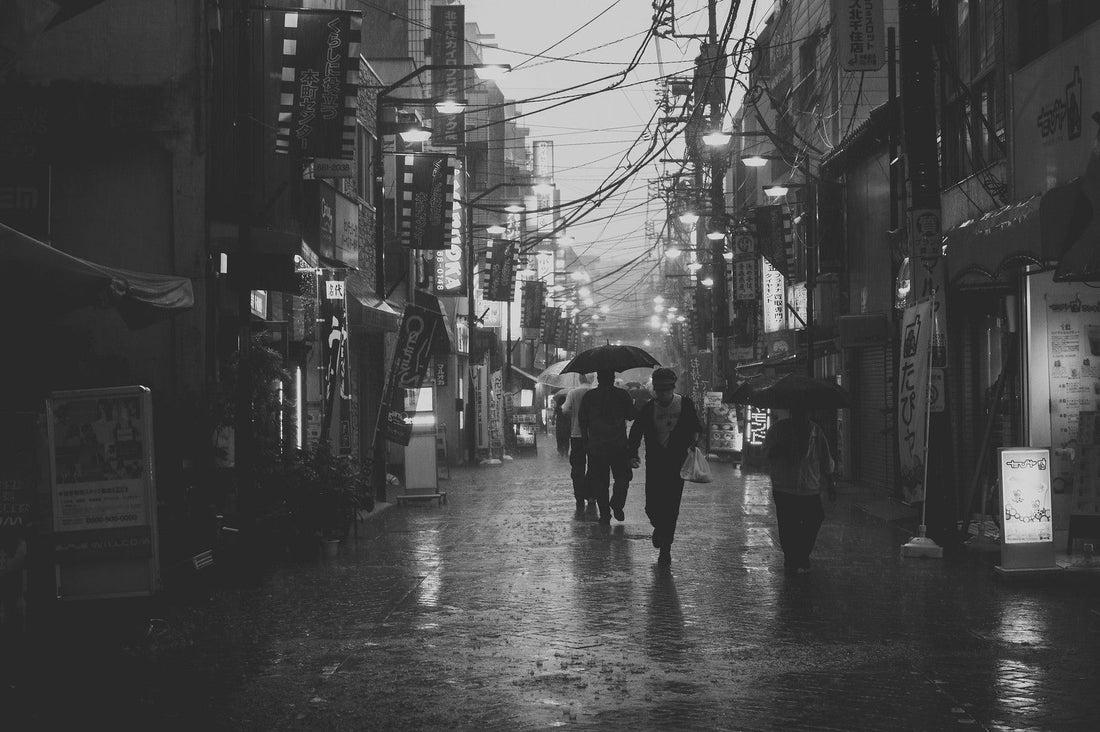
Street Photography Ethics: Capturing the World Without Crossing the Line
Street photography ethics is about balancing artistic freedom with respect for people in public spaces. While the law may allow photography in public, ethical street photography goes beyond legality—it’s about empathy and context.
1) Laws vs. Ethics: Different, Not Opposed
- Legally: Many regions allow photographing people in public if the use isn’t defamatory or commercial without consent.
- Ethically: Ask yourself if sharing the image respects the subject’s dignity, context, and safety.
2) When to Ask for Permission
- When a subject is clearly identifiable and you plan to publish widely.
- Read body language—sometimes a subtle shake of the head is a “no.”
- Offer something in return: a kind word, a quick preview, or a copy later.
3) Respectful Shooting Without Losing the Moment
- Blend into the scene; avoid aggressive telephoto “sniping.”
- Keep your setup minimal and secure: consider a Leather Camera Strap or Camera Wrist Strap for discreet shooting.
4) Cultural Sensitivity
Norms vary by country and even by neighborhood. Research local customs—photographing children, religious rituals, or protests may demand extra care.
5) Handling Confrontations Calmly
- Carry a simple card or mini-portfolio on your phone.
- Stay calm and polite; de-escalate to protect both parties.
- Know the basic rules of public vs. private property photography.
Recommended gear: Leather Camera Straps · Camera Wrist Straps
Related reading: The Rise of Modern Street Photography: Trends You Can’t Ignore · Why Film Photography Is Making a Comeback in the Digital Age


